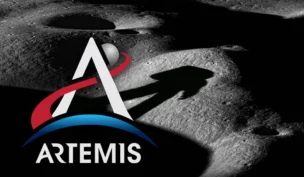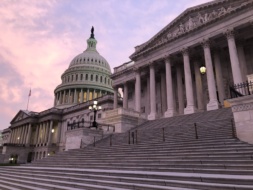The UAP craze that enveloped DC this summer has officially gone mainstream.
At last week’s Republican presidential primary debate, Chris Christie fielded a question about whether he would be honest about the existence of aliens if he’s elected to the nation’s highest office.
“The job of the president of the United States is to level with the American people about everything,” Christie said, after joking about getting the “UFO question.” “The job of the president of the United States is to stand for truth.”
The visibility problem: The mania around UFOs has sometimes taken an unserious tone, but it raises serious questions about America’s visibility in orbit, according to two Booz Allen execs. If the US has such little data about these unidentified aerial phenomena, what else is happening in space that we can’t see?
Josh Perrius, an SVP in Booz Allen’s national space business, told Payload he’s been getting questions about aliens from family and friends not involved in the industry who seemingly think the US can see all of space 24/7.
But because of sensor, data, and policy limitations, visibility in space is quite limited, he said.
“We can’t see everything at once,” Perrius told Payload. “You only see what you’re looking for…so if adversaries do things we’re not expecting, we won’t know.”
Sensory underload: The lack of broad sensors that can scan large swaths of space is a critical issue when it comes to tracking both flying saucers and adversaries’ assets in orbit, said Chris Bogdan, a retired three-star officer who is now an EVP at Booz Allen’s global defense business.
“We have many sensors out there, but most are pointed in a specific spot and at a specific orbit,” he said. “To get a complete picture, you have to put all those pieces together.”
There are also classification issues that make it extremely difficult to share classified information with civil or commercial organizations, meaning they can’t get a complete view of what’s going on in space, Bogdan said.
The solution: Things are getting better, but there’s no quick fix. Cooperation and data sharing among federal agencies is slowly improving as officials realize these barriers exist, but it requires buy-in from top-level officials and “will take time,” Bogdan said.
Perrius also said space operations in the real world, such as the use of Starlink in Ukraine, are forcing the government to change how it approaches cooperation in orbit, including with commercial providers.




